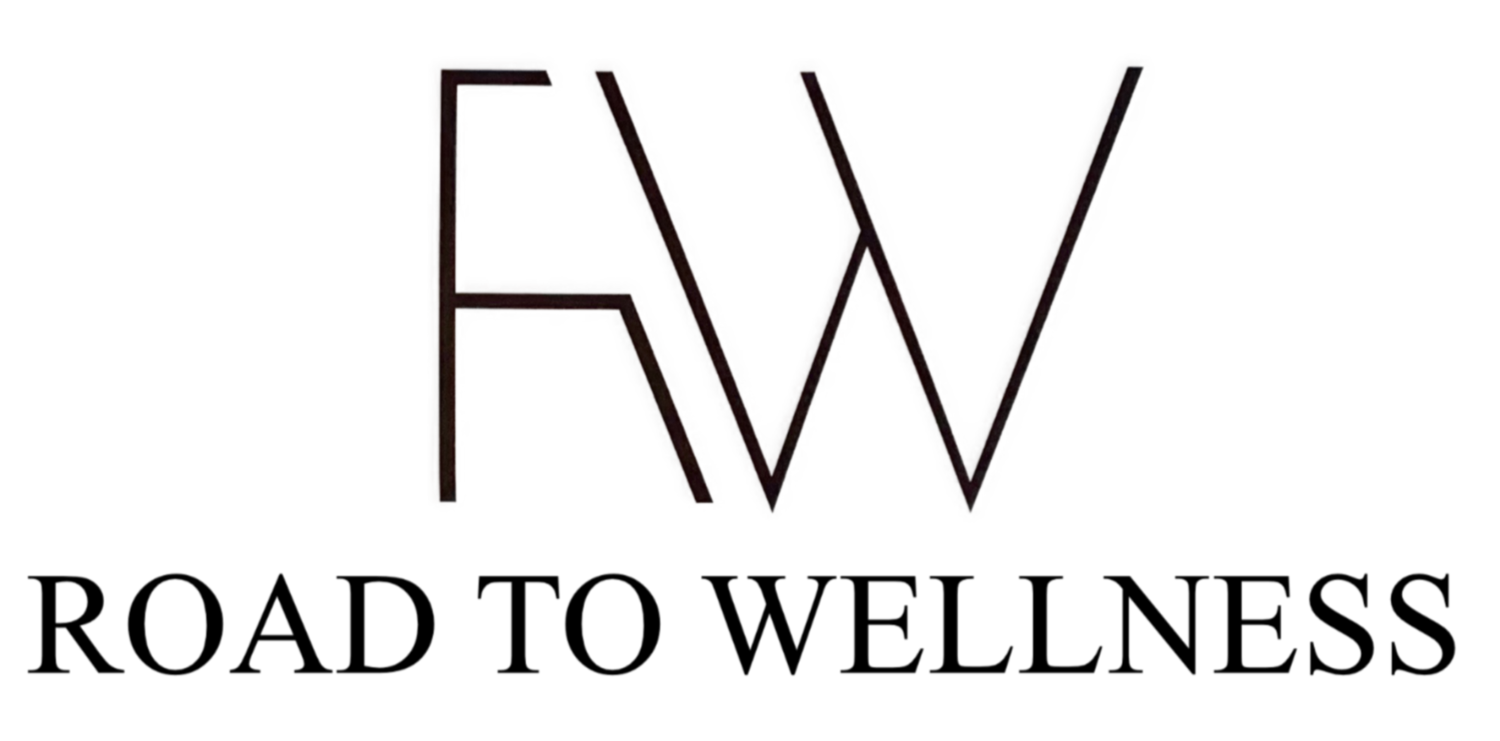Breaking Free from Cording and Post-Mastectomy Pain: How Acupuncture and Manual Therapy Can Help
For many breast cancer survivors, the end of surgery does not mean the end of discomfort. One of the most common yet under-discussed complications after mastectomy or lymph node surgery is axillary web syndrome, also known as cording. Alongside lingering post-mastectomy pain, these issues can significantly affect recovery, daily activities, and quality of life.
At Road to Wellness, we work with patients on their healing journey by integrating acupuncture, manual therapy, and personalized movement support to help ease pain, restore mobility, and promote long-term well-being.
What is Cording?
Cording often develops after lymph node removal or biopsy. It feels like a tight, rope-like band that can extend from the armpit down the arm, sometimes even into the hand. This “cord” is believed to form due to inflammation and scarring of lymphatic vessels.
Symptoms can include:
A pulling or tightening sensation when raising the arm
Visible rope-like lines under the skin
Restricted range of motion
Discomfort during simple movements like reaching or lifting
Cording can last for weeks or months if untreated and it may slow down the return to normal activities.
Post-Mastectomy Pain
In addition to cording, some patients experience post-mastectomy pain syndrome (PMPS). This can involve nerve-related discomfort around the chest wall, armpit, or upper arm. Pain may present as burning, tingling, or aching and can persist long after surgery if not addressed.
How Acupuncture Can Help
Acupuncture has been shown to be a safe, effective, and drug-free therapy for post-surgical recovery. By gently stimulating specific points, acupuncture can:
Reduce pain by calming irritated nerves and modulating the body’s pain pathways
Ease inflammation that contributes to tightness and discomfort
Improve circulation to support tissue healing
Promote relaxation and reduce stress, which often accompanies cancer recovery
Recent clinical studies highlight acupuncture’s role in managing post-mastectomy pain and improving quality of life for breast cancer survivors.
How Manual Therapy Can Help
Hands-on techniques such as gentle myofascial release, lymphatic drainage, and targeted stretching are highly effective for cording and surgical recovery. Manual therapy helps by:
Breaking down scar adhesions that restrict movement
Softening the cord-like tissue and restoring arm mobility
Encouraging healthy lymphatic flow, reducing swelling and risk of lymphedema
Releasing tension in surrounding muscles that often overcompensate after surgery
When combined with guided exercises, manual therapy accelerates progress and helps patients regain comfort in their daily movements.
A Whole-Person Approach to Healing
At Road to Wellness, we understand that recovery after breast cancer surgery is not only physical but also emotional. Our integrated care model pairs acupuncture, manual therapy, gentle exercise, and supportive counseling to meet each patient where they are.
Every body heals differently. That’s why we create a personalized treatment plan designed to reduce pain, restore function, and bring ease back to daily life.
If you’re experiencing cording or post-mastectomy pain, know that you don’t have to push through it alone. With the right support, you can regain mobility, ease discomfort, and continue moving forward in your healing journey.
REFERENCES
Shaitelman, S. F., Cromwell, K. D., Rasmussen, J. C., Stout, N. L., Armer, J. M., Lasinski, B. B., & Cormier, J. N. (2015). Recent progress in the treatment and prevention of cancer-related lymphedema. CA: A Cancer Journal for Clinicians, 65(1), 55–81. https://doi.org/10.3322/caac.21253
Levangie, P. K., & Santasier, A. M. (2016). The impact of Axillary Web Syndrome on upper extremity function in women following breast cancer surgery. Physiotherapy Theory and Practice, 32(1), 42–52. https://doi.org/10.3109/09593985.2015.1094068
Cheville, A. L., & Tchou, J. (2007). Barriers to rehabilitation following surgery for primary breast cancer. Journal of Surgical Oncology, 95(5), 409–418. https://doi.org/10.1002/jso.20785
Hsiao, C. C., Hung, T. C., & Tsai, T. H. (2019). Effect of acupuncture on postmastectomy pain syndrome: A systematic review and meta-analysis. Integrative Cancer Therapies, 18, 1534735419848495. https://doi.org/10.1177/1534735419848495
Chien, T. J., Liu, C. Y., & Hsu, C. H. (2014). Integrating acupuncture into cancer care. Journal of Traditional and Complementary Medicine, 3(4), 234–239. https://doi.org/10.4103/2225-4110.124334
Fourie, W. J., & Robb, K. A. (2009). Physiotherapy management of axillary web syndrome following breast cancer treatment: Discussing the use of soft tissue techniques. Physiotherapy, 95(4), 314–320. https://doi.org/10.1016/j.physio.2009.06.002
Shamley, D. R., Lascurain-Aguirrebena, I., Oskrochi, R., & Srinaganathan, R. (2012). Shoulder morbidity after treatment for breast cancer is bilateral and greater after mastectomy.
Acta Oncologica, 51(8), 1045–1053. https://doi.org/10.3109/0284186X.2012.695081

